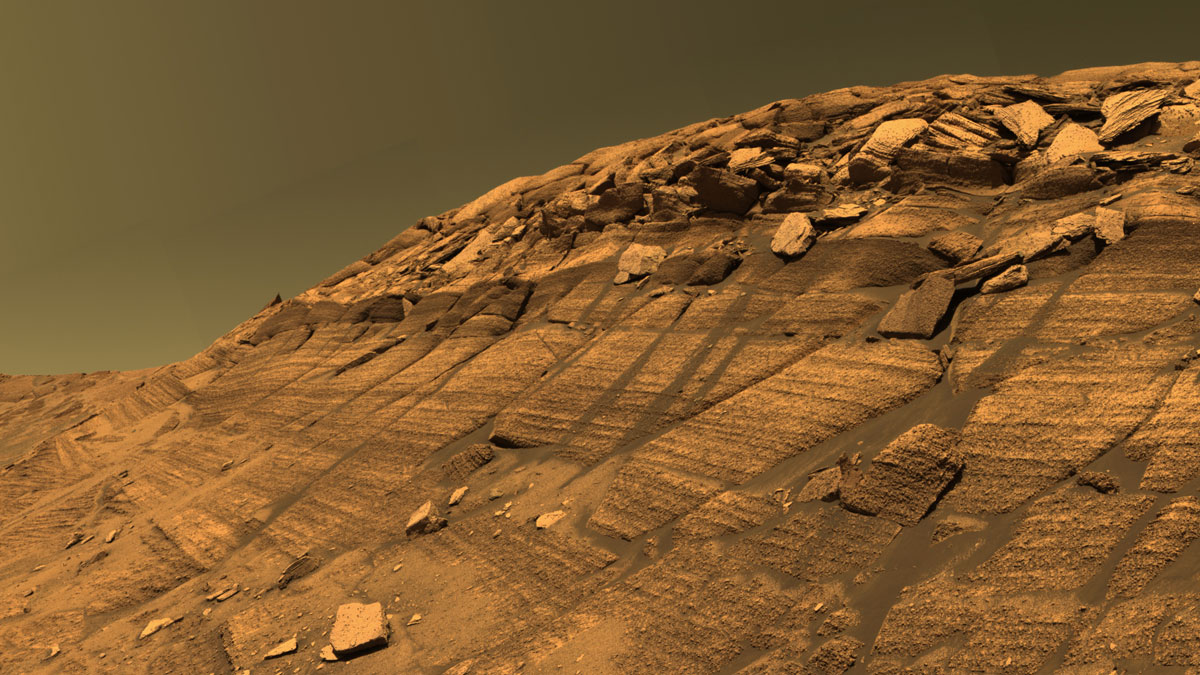MI weekly selection #512

Mars formations may derive from similar material
Scientists who reviewed data from the Alpha Particle X-ray Spectrometer on NASA’s Opportunity rover say Mars’ Burns formation and underlying Grasberg formation may have originated from a similar source material. Dust particles or ash from volcanic eruptions may have solidified before they were blown to the site and came into contact with groundwater, say scientists, who built a mass balance model to simulate the sequence.
Full Story: Eos
Blinking fish reveals clues of animals’ evolution
Scientists studied a strange-eyed fish species that lives on both land and water and are the only fish that can blink in order to uncover how animals evolved to live on land. They found that mudskippers, similarly to humans, blink more frequently when they have dry eyes, suggesting that this trait was adapted when tetrapods grew to live on land.
Full Story: Live Science
Giraffes use basic math skills to predict their snack
Giraffes at the Barcelona Zoo demonstrated the ability to use statistics to predict the odds of receiving their preferred snack, researchers say. “The results of the study suggest that large relative brain sizes are not a necessary prerequisite for the evolution of complex statistical skills,” said Alvaro Caicoya, author of the study.
Full Story: Metro
20,000-year-old pendant’s owner narrowed by DNA study
Scientists used a new method of ancient DNA analysis to roughly identify the owner of an approximately 20,000-year-old pendant found in a cave in Siberia. Researchers isolated the DNA present in skin cells and bodily fluids that was absorbed by the elk tooth pendant, discovering that the artifact was owned by a woman related to hunter-gatherers who lived in a region of Siberia during the Stone Age.
Full Story: Reuters
Star observed consuming its orbiting planet
Astronomers have been able to observe — for the first time — a star engulfing an orbiting planet. The sun-like star, located about 15,000 light years away, rapidly brightened when it absorbed a gas planet roughly the size of Jupiter — a process that researchers say will likely happen when the Sun eventually ingests Earth in about 5 billion years.
Full Story: National Public Radio